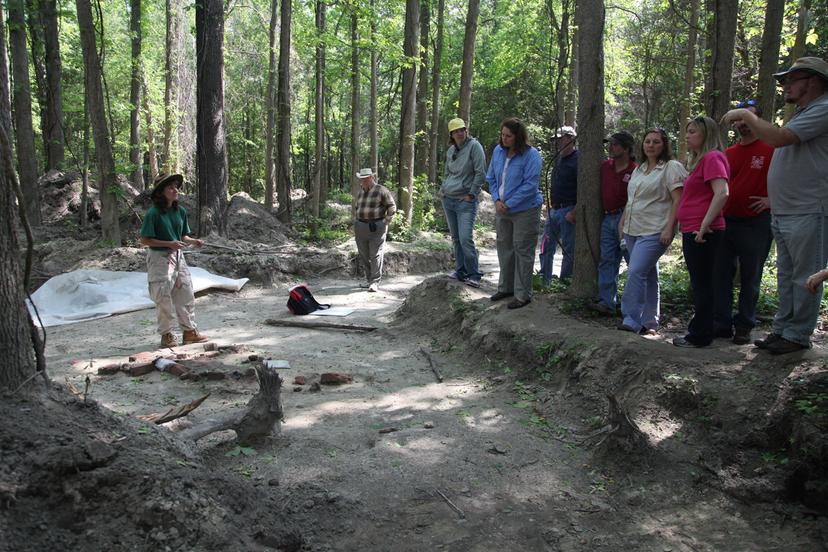Social Sciences

Industry Outlook
In the coming years, many social and behavioral scientists will be studying the impact of the coronavirus (COVID-19) pandemic on various groups of people throughout the world. The National Science Foundation, National Institutes of Health, and many other sources are providing funding for research on COVID-19. As described in an Inside Higher Ed article, the National Institutes of Health, for example, "is funding emergency research on topics including the effects and mechanisms of social connectedness, connection, and isolation across the life span." Social science research groups are receiving grants to research topics related to COVID-19 that include food insecurity, readying populations for a vaccine, public health risk-communication strategies, mental health, shifting public opinions and behaviors, civil liberties and social control, and economic recovery.
Life, physical, and social sciences occupations overall are expected to grow by 7 percent through 2028, adding a total of 97,400 new jobs, according to the Department of Labor. Overall employment of social scientists is expected to grow about as fast as the average for all occupations in the coming years. Social scientists and related workers in the social science field accounted for 33,690 jobs in May 2019. Prospects are generally best for those with advanced degrees, and more opportunities should be available in management, scientific, and technical consulting services companies.
The Department of Labor reports that anthropologists and archaeologists are expected to have faster than average employment growth, 10 percent, through 2028. They will continue to be needed by corporations to help them gain better understanding of consumer behavior and attitudes with certain cultures and social groups. Opportunities will be best for anthropologists in businesses and consulting firms, and for archaeologists in cultural resource management firms. The Department of Labor forecasts that geographers will have slow employment growth of 2 percent through 2028. There will continue to be opportunities for geographers to work with governments and businesses on research projects about topics like natural hazards, climate change, and the use of resources. Geographers will also be needed especially for research work on population distribution and land use for planning and developing infrastructure. Those with knowledge of geographic technologies such as geographic information systems improve their chances to secure work.
Political scientists will experience a 5 percent increase in employment through 2028, about as fast as the average for all occupations. They will be needed by political organizations, lobbying firms, and labor unions to assess the effects of government policies and regulatory issues. Competition will be fierce for political scientist positions; those with a graduate degree and research and policy analysis experience have the best job prospects.
Historians are expected to have average employment growth, about 5 percent, through 2028. Employment is dependent on public funding or donations to historical consulting firms and historical societies. Competition for jobs is also keen because there are relatively few jobs available outside of federal, state, and local government. Job opportunities for historians are expected to be mainly in research or policy. Those with experience in specialized fields, such as historical collections, fundraising, or exhibit design may have an advantage in the job market.
Most social scientists traditionally have worked for colleges and universities. This is now changing as college humanities and social science programs suffer cutbacks in funding, department size, and faculty hiring. Social scientists are finding many job opportunities outside of academia. Even those with only master's degrees are finding opportunities with corporations and government agencies. The U.S. Department of Labor reports that more social scientists will be needed in the years to come to consult on a wide range of issues, ranging from economic development to forensics. Self-employment also is an option for social scientists. Many self-employed professionals work as consultants, freelance writers, interpreters, and marketing analysts while conducting research for personal projects through the aid of grants and other funding. As a result of these applied sciences, colleges are beginning to offer more practical courses to better prepare students for these jobs.
A major influence in the social sciences will be cultural resource management—the maintaining of historical sites, buildings, and other resources of value. In addition to their training in the interpretation and uncovering of artifacts, social scientists will have to learn more about preservation and how to protect cultural sites when presenting them to the public.
Technology will continue to affect the social sciences in a variety of ways. With increased public interest in history, more museums, preservation societies, and other institutions and groups devoted to keeping records will make documents and archives available through the Internet. Remote-sensing, sonar, and sensors will enable scientists to explore areas without disturbing them. DNA studies will help scientists learn much more about early humans and human origins.
